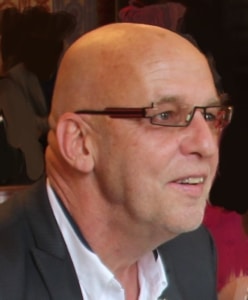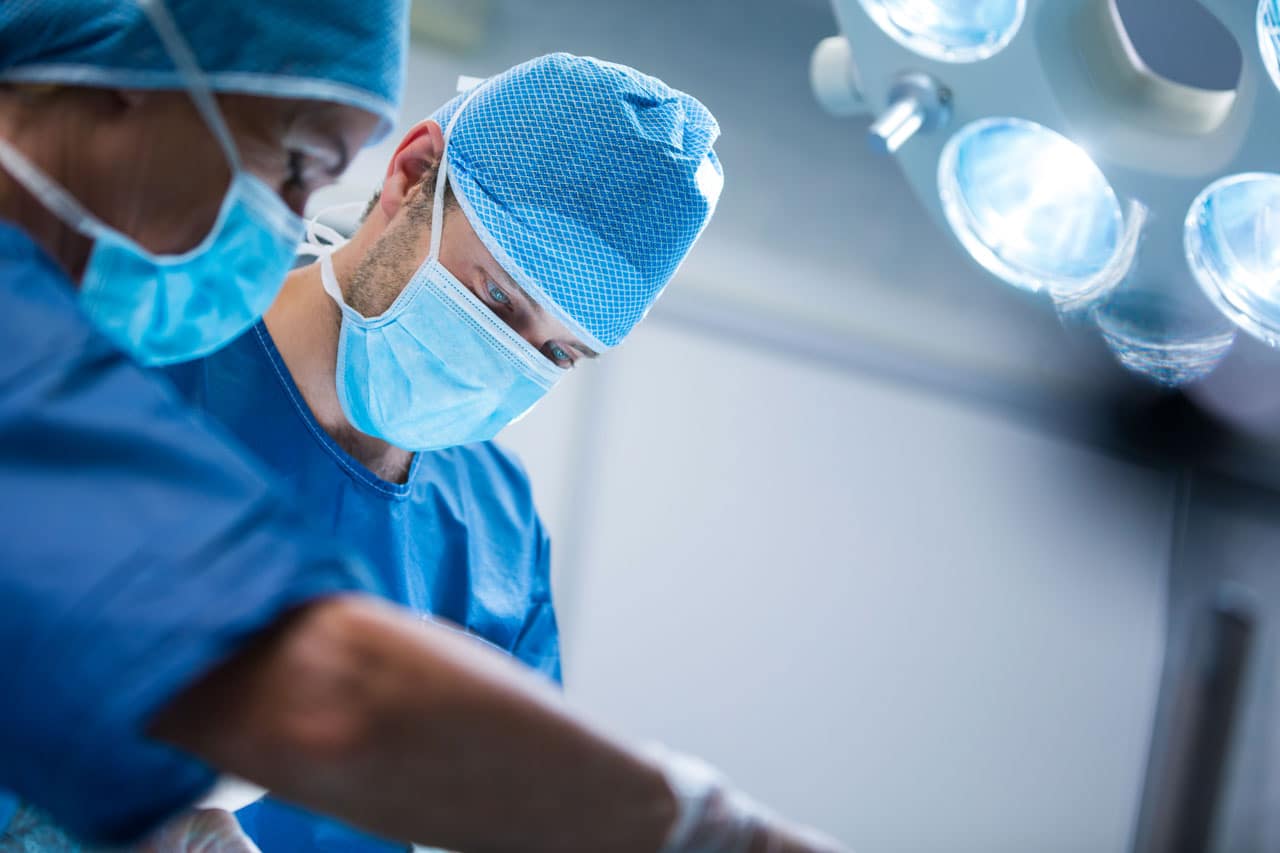“With my medical background and experience in operating rooms, I can identify practical issues when developing a medical device.” – Portrait of Dr. Albrecht Lepple-Wienhues, Head of New Technologies.
Innovating in medical devices requires knowledge of the medical field and many years of experience. For Albrecht Lepple-Wienhues, Head of New Technologies at Valtronic Switzerland, the question which must be asked even before starting the development of a medical device is “What purpose or unmet need will the device fulfill?”. Meet Albrecht Lepple-Wienhues, an MD who provides valuable advice to the Valtronic team with his combination of biophysics, medical and engineering knowledge.
As an MD and having performed surgery myself, I can identify issues that engineers may not easily recognize
Albrecht joined Valtronic nine years ago as a Project Manager. His role has evolved significantly since. He was quickly asked to take over the development of very complex medical devices and today he is the leading expert on the Innovation team. His medical background coupled with his experience in surgery are huge assets to Valtronic. Sales managers and R&D engineers often consult him when a new project arises. Valtronic is renowned for having developed and manufactured hundreds of reliable medical devices in over 35 years of existence. This success is not exclusively based on engineering and microelectronic assembly capabilities. Valtronic goes further in helping their customers to ask themselves the right questions and to identify areas of improvement or potential issues. Albrecht is adding value as he can immediately identify weak spots that engineers may not see at the onset. For example, using LEDs in a disposable endoscope illumination can eliminate long optical fibers. However, there is a technical challenge to meet. LED surfaces can reach high temperatures whereas inside the body the device surface temperature is strictly limited.

“With my medical background and experience in operating rooms, I can identify practical issues when developing a medical device.”
Albrecht Lepple-Wienhues has earned his MD degree from the Free University of Berlin (Germany) in 1987. After two years of residency in surgery he devoted fifteen years to research. Albrecht is also a university Lecturer. Always passionate about filling unmet needs in the medical field, he created his own start-up in 2001 to develop an “ion channel screening” technology platform used for new drug research. Albrecht joined Valtronic Switzerland in 2010 as Project Manager for complex medical devices. Today, he holds the position of “Head of New Technologies”. At Valtronic, he can perfectly utilize his skills which are a combination of biophysics, medical and engineering knowledge.
Innovation means addressing unmet needs in the medical field
As the leading expert in the Innovation team Albrecht’s job is to lead the development of solutions which address market needs. He explains what a real innovation in the medical fields is, “Before starting to develop a medical device, you must ask yourself if the device is really going to address an unmet need. In other words, will this device really help patients?” One of his inventions that Valtronic offers to customers is the Smart Cap. The Smart Cap is a cap that can be made to fit on any disposable injection pen that uses electronics to provide data such as:
- Precise dose injected
- Date and time of injection
- Ambient temperature to confirm that the drug has not degraded prior to injection due to improper handling
Why is data collection with a cap on a disposable injection pen a breakthrough? Take the example of insulin dependent diabetics who are using millions of disposable pens per year. Unless they take the disciplined habit to jot down in a notebook the accurate times and doses of their injections their treatment can easily get out of control. This step is often neglected. Patients then forget if or when the last injection was made. The SmartCap provides a solution for a market of millions of patients. Albrecht is proud of this innovation and states “This cap truly addresses a medical need as confirmed by the interest of major players in the field to develop this into a cap for their injection pens.”
Usability – another important criteria when developing a medical device
Another invention Albrecht is proud of is the cordless tissue sealer. Tissue sealers are used during operations in order to seal severed blood vessels. This is done by applying high frequency currents to a clamp holding the opened artery. Standard sealing devices need a cable connecting them to a power supply. “This cable poses risks for sterility because it spans from non-sterile to sterile areas,” explains Albrecht, “Furthermore, cables make handling the device cumbersome.” In order to avoid the “cable salad” around the surgical field, his team developed a cordless prototype, by integrating a lightweight Li-ion battery into the clamp. To achieve this, the energy efficiency of the high frequency sealer had to be extremely enhanced to achieve a sufficient mileage. It is challenges like this that Albrecht and his team solve on a continuous basis.



